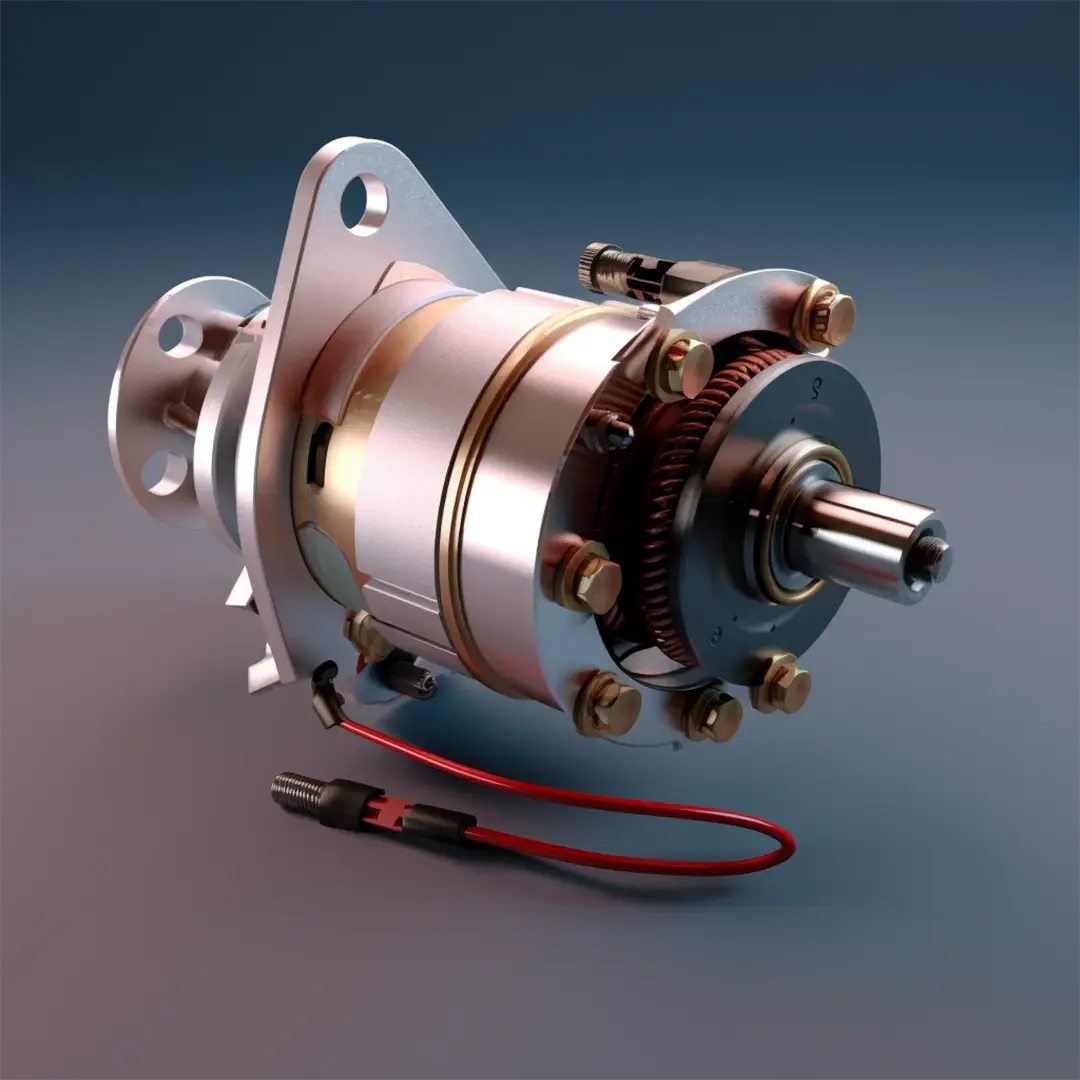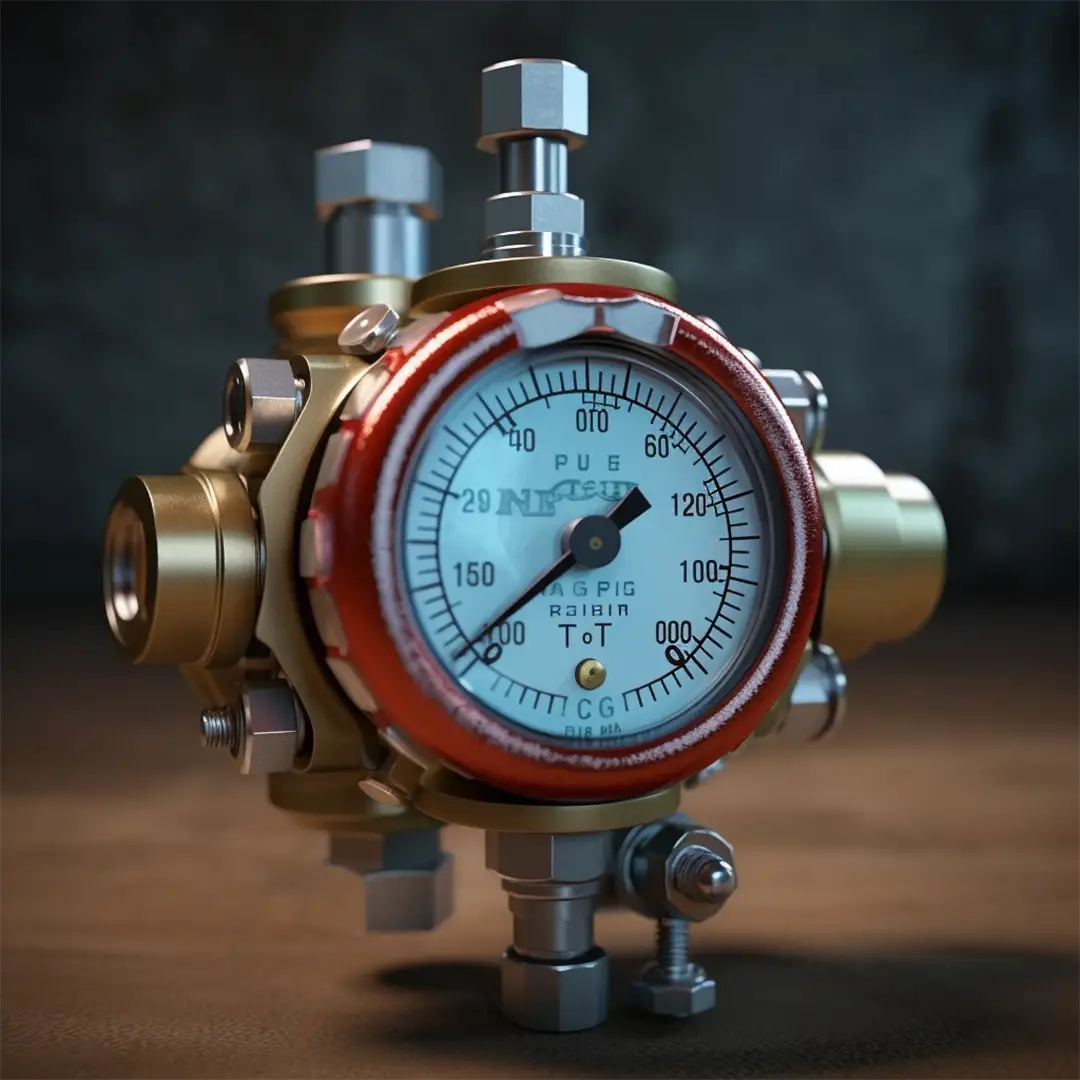2, rue de la Ternière
Avrillé cedex FRANCE
- 35 million plain spacers designed per year
- Co-designer of custom fasteners for 100 years and manufacturer of standard products
- From M6 to M10 and from 6 mm to 30 mm
- Steel, stainless steel, brass, etc. (other materials available on request).
These smooth compression spacers are found in many industrial sectors, including the automotive industry, and particularly in intake manifolds and air-conditioning fittings.
Smooth spacer - compression spacer





Smooth spacer - compression spacer







- Feasibility checks using the FMEA tool, which is used to analyze failure modes, their effects and criticality.

- Production of initial samples in medium series, and validation of production with PPAPs in accordance with IATF 16949.

- Development of detailed production processes according to the APQP quality process

- Collection and analysis of production data to identify trends and variations. 3PPM in 2023.
The advantages of manufacturing with LGC Industries


.png)

.png)


- 24 Multi-spindle lathes
- 45 Tours Escomatic
- 42 Banding machines
- 8 Plunge and enfilade grinders
Find out more about the technical features of our products
Discover other products
Protect your part assemblies with a smooth spacer
SpacersSpacers, commonly known as "bushes", play an essential role in mechanical engineering and industrial assembly. They ensure the precise positioning of components, reducing the risk of distortion or unwanted movement. These small, often overlooked parts can have a significant impact on the overall performance of a mechanism.
The smooth bushing, smooth spacer or compression bushing, often underestimated, offers remarkable strength.
Its cylindrical structure not only provides structural stability, but also resists mechanical stress.
The smooth spacer is specially designed to absorb heavy loads and maintain the integrity of parts in an assembly. Its robust design makes it an essential choice for projects requiring greater resistance to compressive forces.
What is a smooth spacer or compression sleeve?
Smooth compression spacers are cylindrical fastening solutions designed to protect assemblies of mechanical and plastic parts from compressive stress.
They are specially designed for use after molding or overmolding plastic parts, to prevent deformation.
Thanks to their solid, durable structure, these spacers can compensate for dimensional variations caused by thermal shock or mechanical stress in an assembly.
In short, a smooth cylindrical spacer offers a reliable and efficient solution for ensuring the stability and durability of metal and plastic part assemblies, while preserving their integrity.
These spacers are found in many industrial sectors, including the automotive industry, particularly in intake manifolds and air-conditioning fittings.
How are LGC smooth spacers made?
There are two different methods for creating a smooth spacer
From pin to smooth spacer
It is possible to start with a solid material that has been machined into a pin. In this case, it is necessary to drill a pin to make it hollow, a process known as reaming, which complicates the process both financially and technically, as well as environmentally.
From tube to smooth spacer
In a second case, a spacer or compression sleeve can be made from a tube.
The use of a tube is highly recommended, as it perfectly meets all the criteria (price, quality and also carbon footprint).
This is the technique we use at LGC.
The first step in manufacturing a spacer is to cut the raw material.
The raw material comes in the form of long hollow tubes. Material and diameter depend on the final part required.
The tube enters a machine which cuts it to the desired length.
The part can be further machined on specialized machines.
For example, chamfers may be required or material finishes can be applied to your spacers.
The part then goes through a grinding stage.
A roller presses the workpieces against a high-speed grinding wheel. It is the grinding wheel which, through abrasion, modifies the diameter of the part to achieve tolerances of a few microns (~5-6 μm).
What are the advantages of a smooth spacer?
- Load absorption: thesmooth spacer/compression sleeve is designed to efficiently absorb and distribute loads, reducing pressure on adjacent components. This ensures uniform stress distribution, preventing deformation and preserving the integrity of the assembly.
- Stability: by maintaining structural stability, the smooth spacer/compression bushing helps prevent deformation and potential failure. It reinforces the overall strength of the assembly, ensuring reliable performance over time.
- Vibration reduction: thanks to its ability to absorb vibrations, the smooth spacer/compression sleeve improves the assembly's operating comfort. This is particularly beneficial in applications where excessive vibration can lead to premature component wear.
- Shock absorption: smooth spacers/compression bushes act as shock absorbers, minimizing shocks and impacts. This protects fragile components from potential damage, extending the useful life of the assembly.
- Ease of installation: Featuring a practical design, smooth spacers/compression bushes are easy to install. This ease of installation enables fast, efficient assembly, reducing downtime during production or maintenance.
- Material compatibility: smooth spacers/compression bushes are versatile and compatible with a variety of materials, such as metal, plastic or composites. This adaptability makes them ideal for a variety of industrial applications.
- Dimensional accuracy: By maintaining precise alignment between components, smooth spacers/compression bushes help preserve the dimensional accuracy of the assembly. This is crucial in areas where strict tolerances are required.
Would you like to find out more about our spacers?
Visit our dedicated article: All about LGC spacers





















